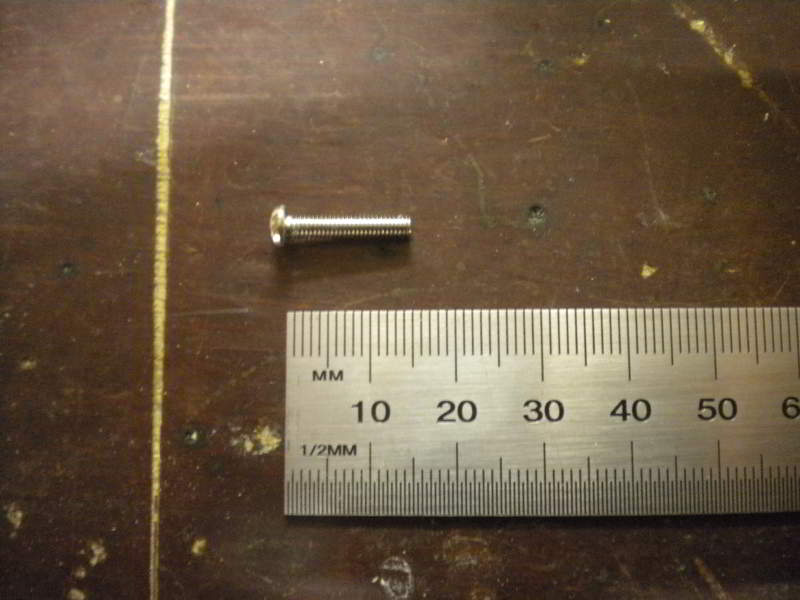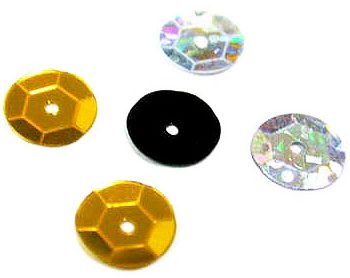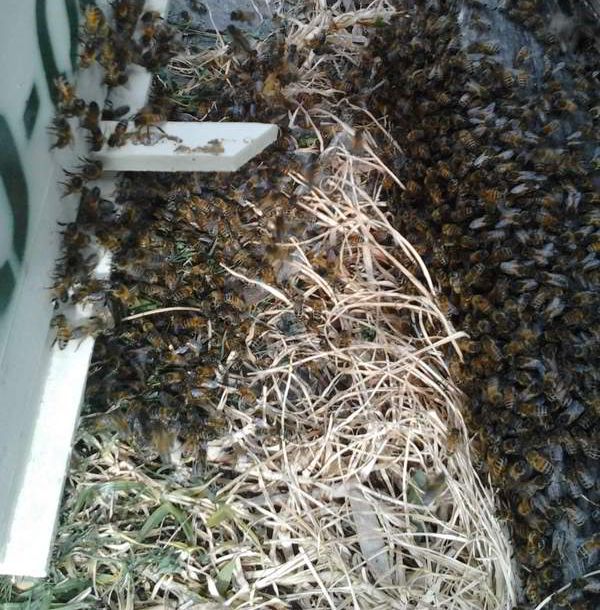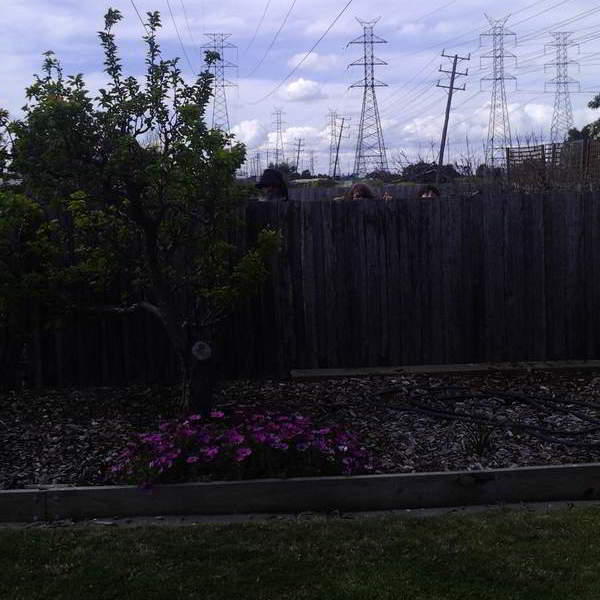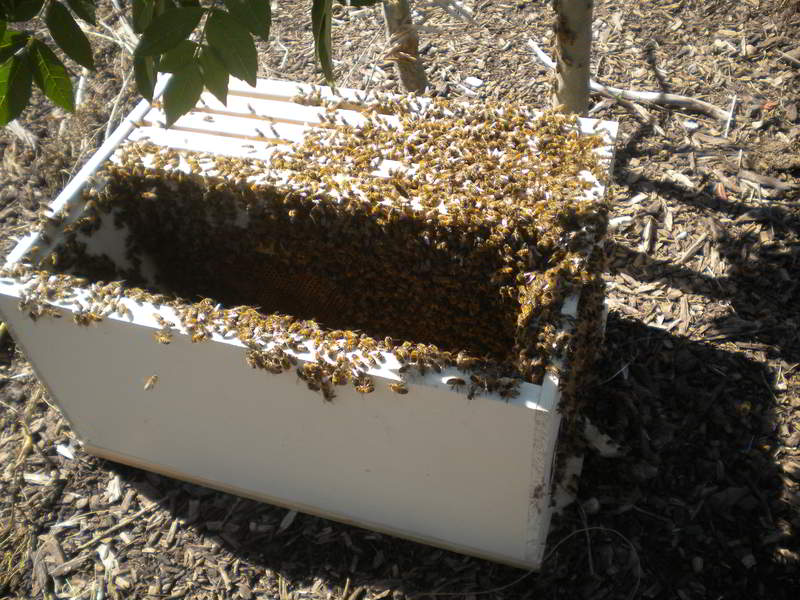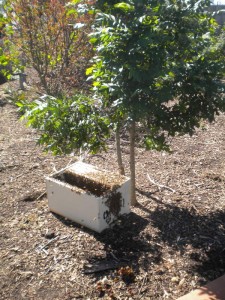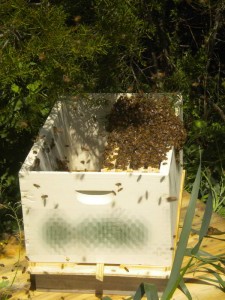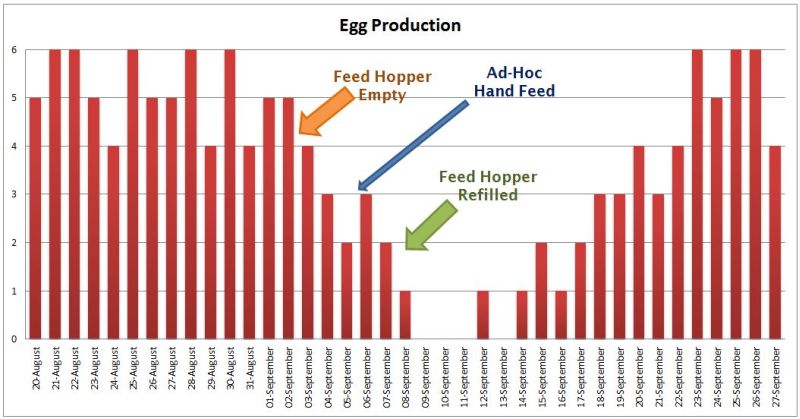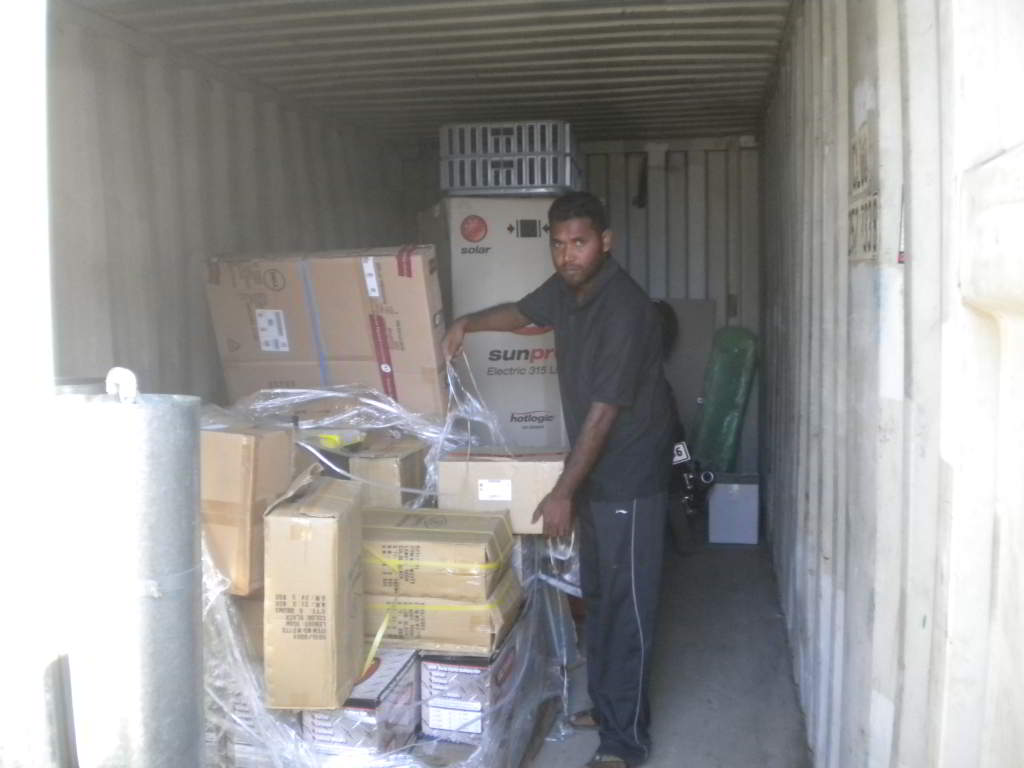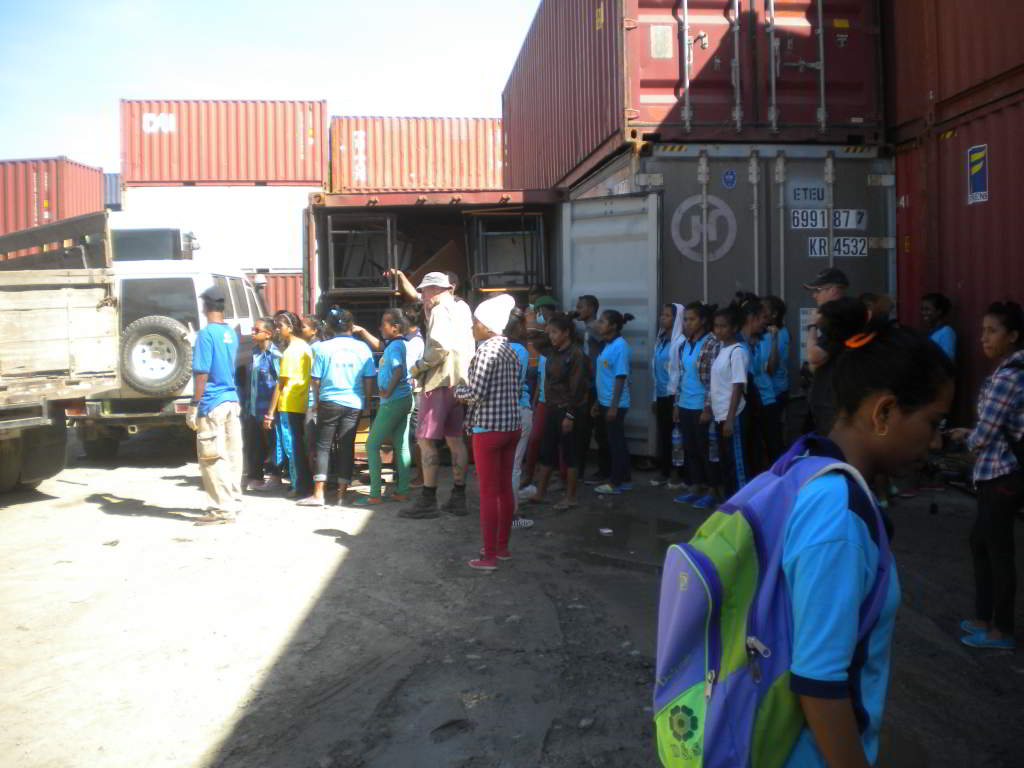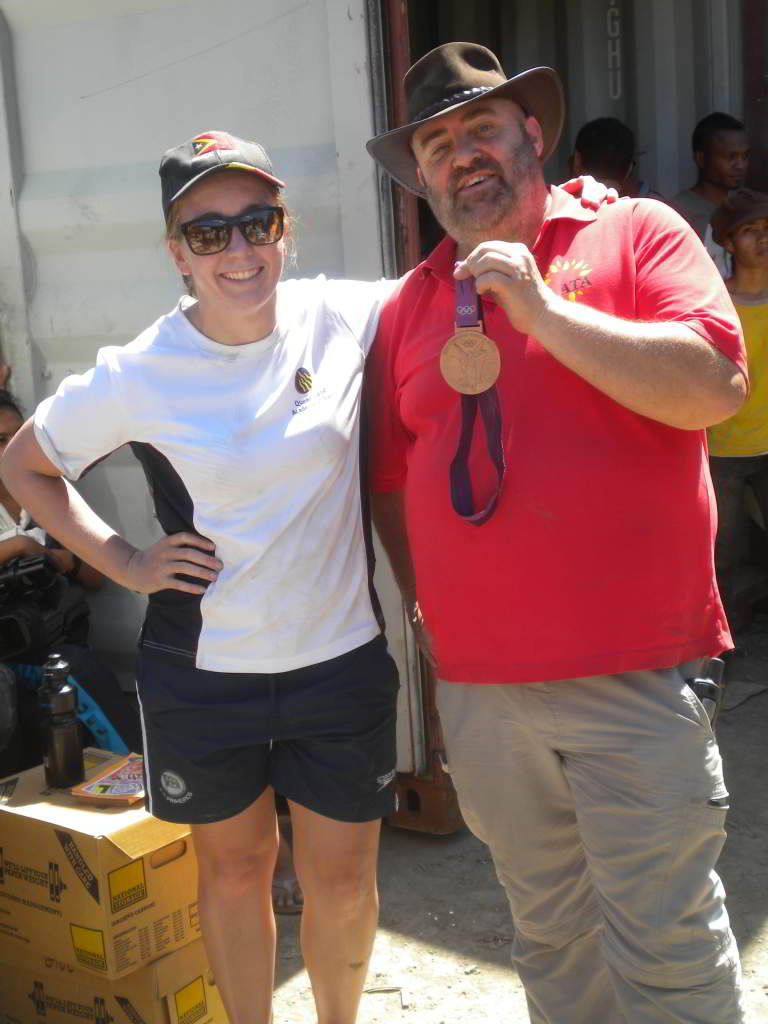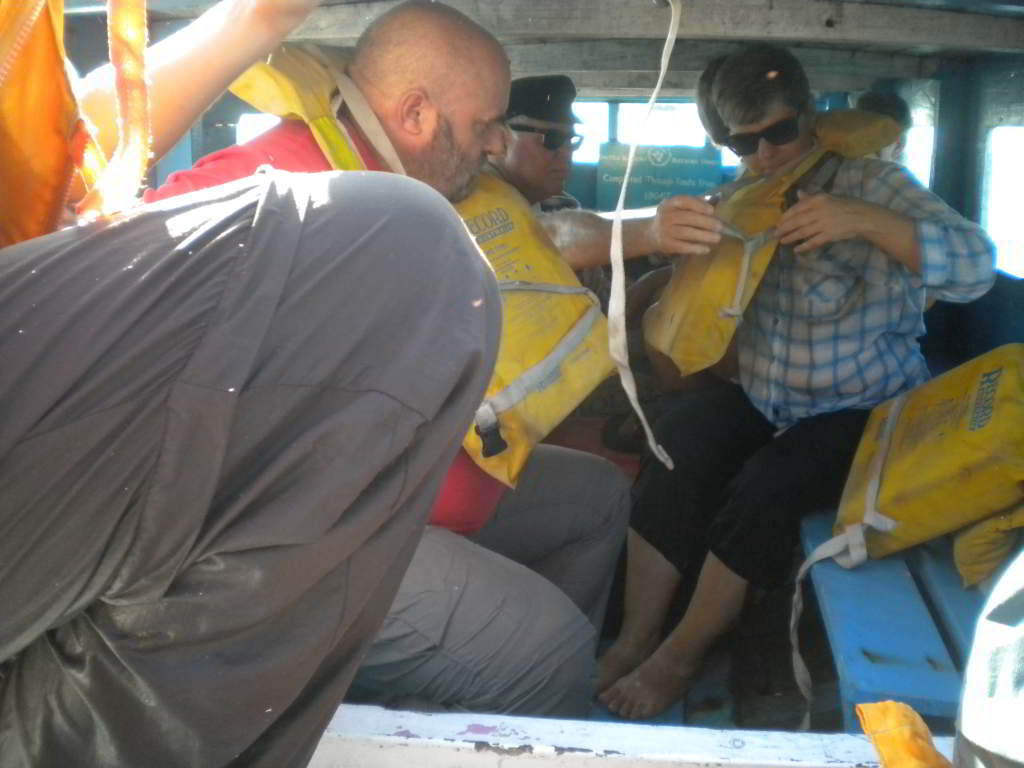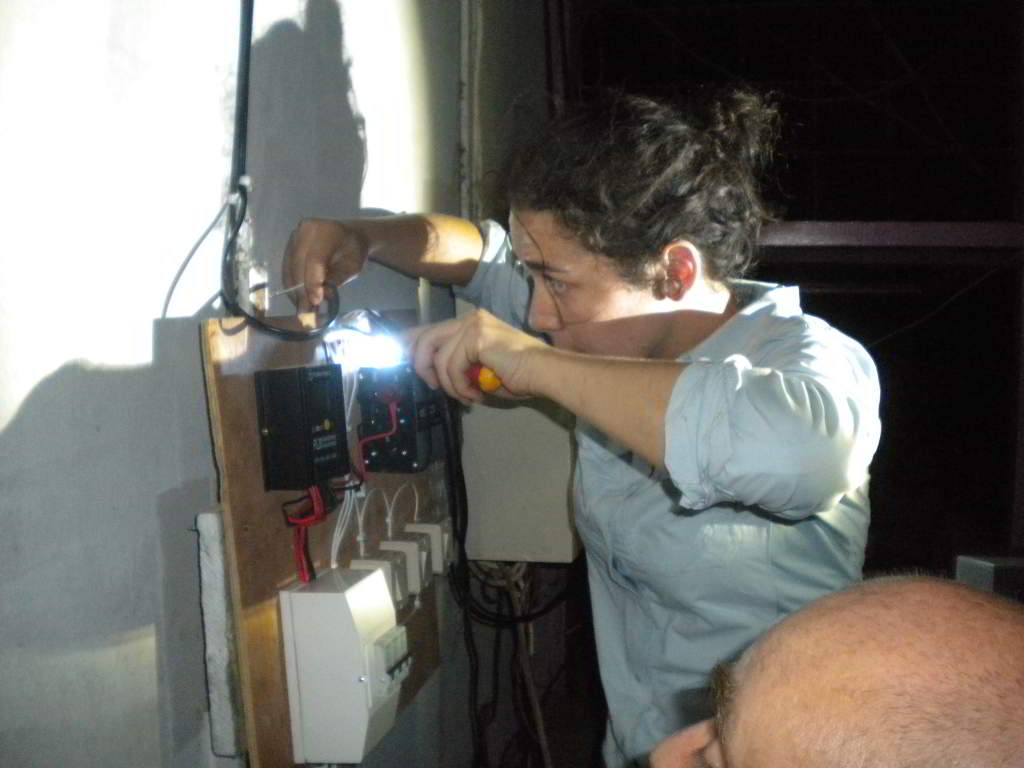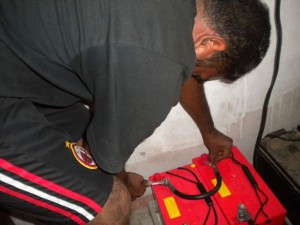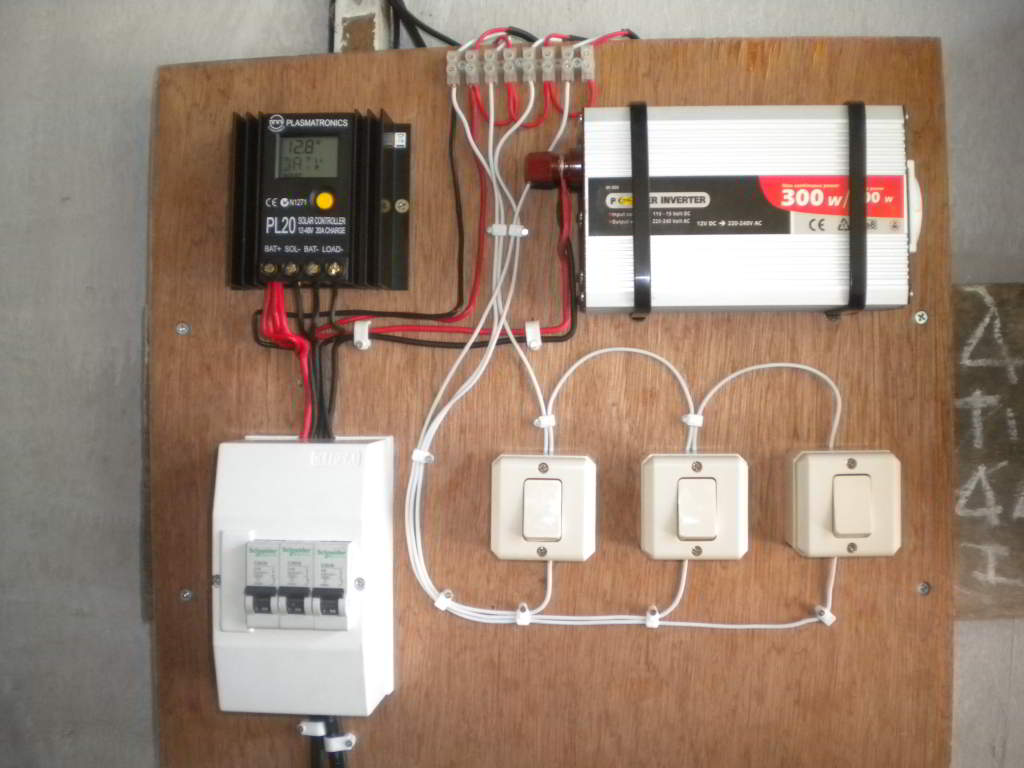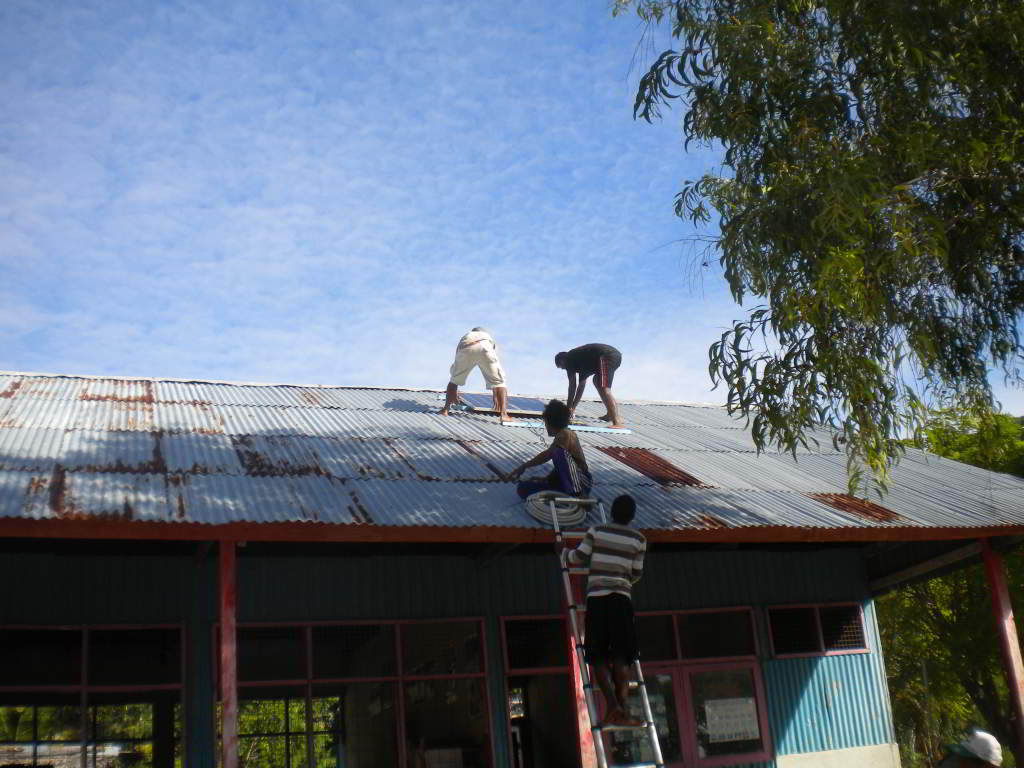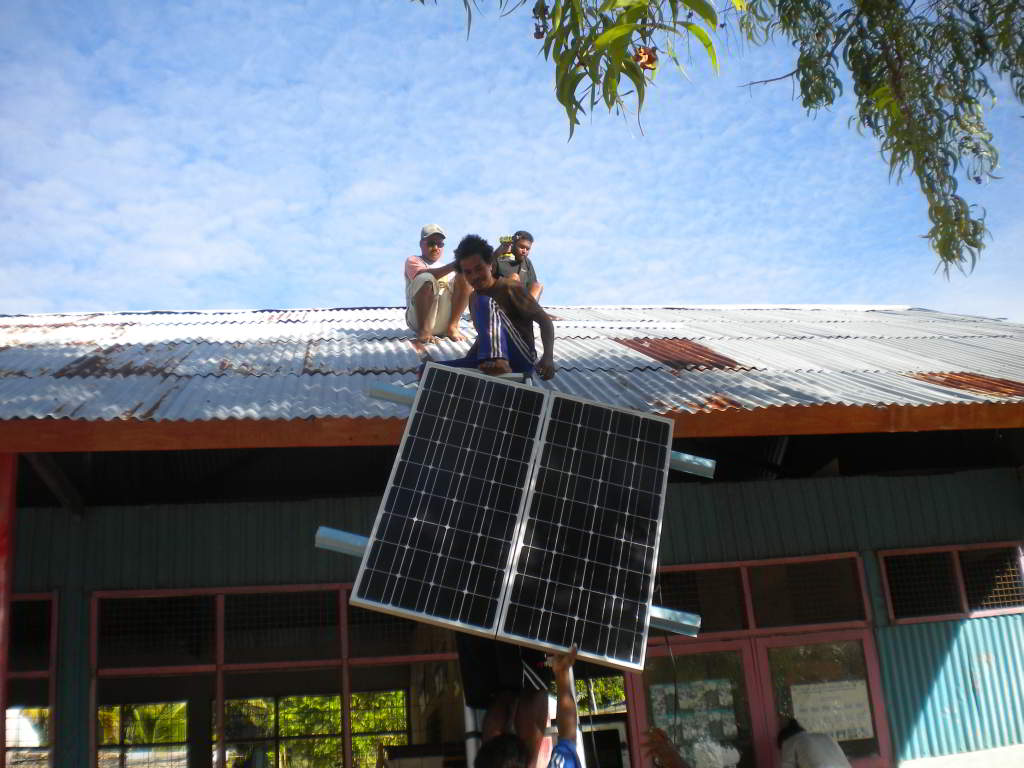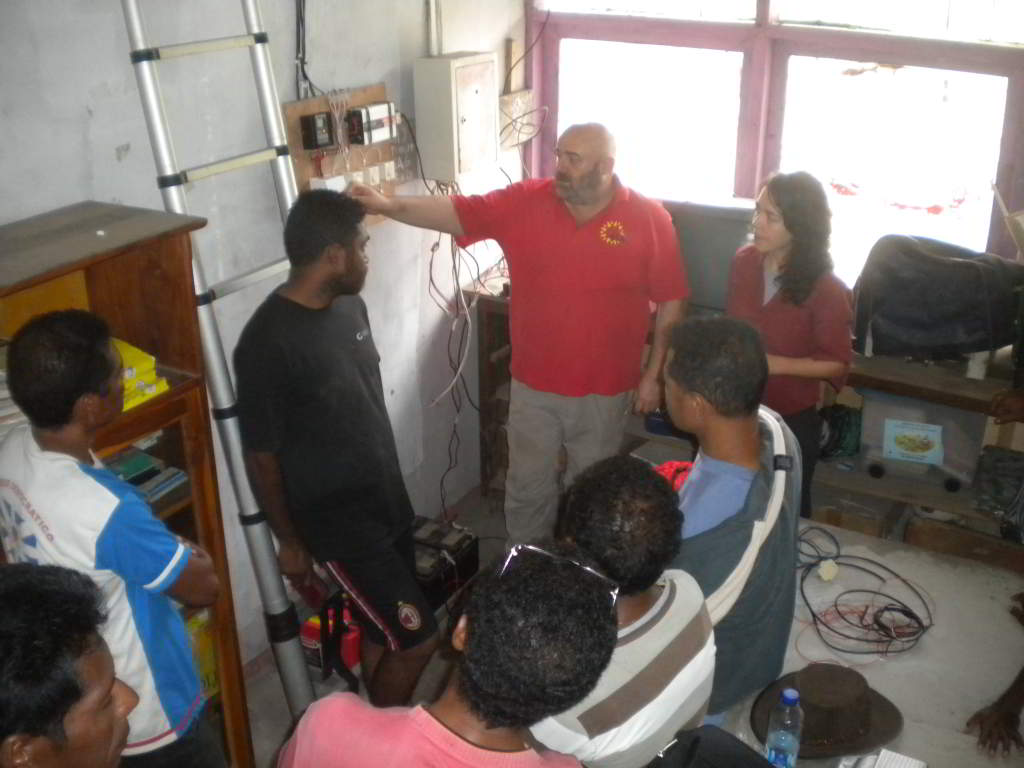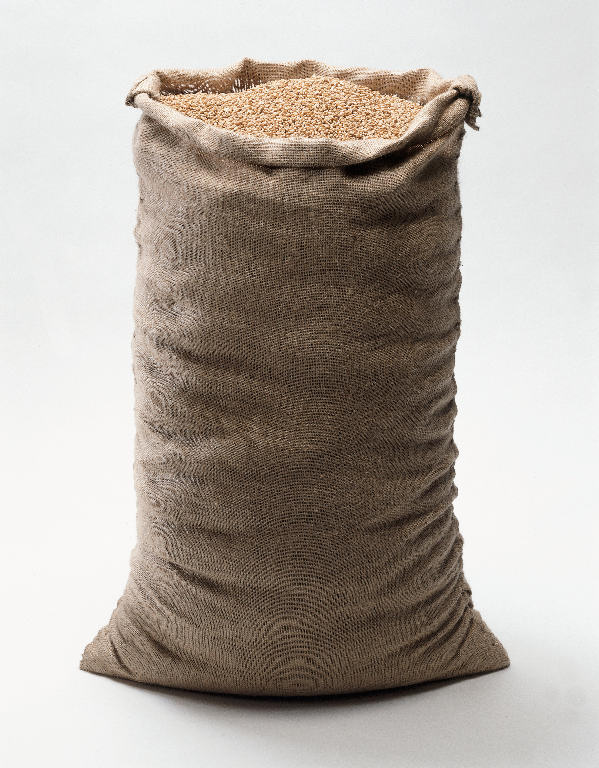Earlier this year, while sewing the last of the sequins on my outfit (no, not really! I was actually making a bee veil 🙂 ) the sewing machine started to slow down and finally stopped even though the motor was still running.
I removed the end cover and discovered that the belt drive was spinning freely on the motor shaft. Where was the little grub screw that was supposed to hold it tight and in place? I lifted the sewing machine and shook it left and right, up and down, back and forth all to no avail. There was no sign of that little screw. It’s whereabouts is a mystery that shall remain unsolved.
 I contacted the service centre, described the problem and asked for a replacement screw and they said they had never had that problem before and would have to find out how to order a replacement. I called them back a while later and they still had not found one but they said they would call me when they had it in stock. That was the last I heard from them.
I contacted the service centre, described the problem and asked for a replacement screw and they said they had never had that problem before and would have to find out how to order a replacement. I called them back a while later and they still had not found one but they said they would call me when they had it in stock. That was the last I heard from them.
I did a quick internet search and found a few possible replacements but put it aside as I had to travel for work. I finally got back to it after needing to repair a few items of clothing and remembering that the machine was out of action. I did another search and found a supplier of general screws and fasteners quite close. The only problem was that I wasn’t sure of the size of the screw. I thought there was an identical screw on a another drive that I could use as a sample but it was only a pin.
As I went through the catalogs, I realised that there were only a few standard sizes of screws and that I should be able to measure the screw hole in the shaft and find a matching screw. It turned out that it was a standard M3 screw with a fine machine thread. On a hunch I ferreted around in my hardware supply and found a screw that looked the right size.
My intention was to screw it into the shaft and, if it fit, I could take it into the supplier as a a sample of the diameter and thread size I needed. However, when I tried, not only did it fit perfectly but I realised that it might also be the right size to hold the belt-drive. Sure enough, I fitted the belt drive to the shaft and the screw was a perfect fit! I tested the sewing machine and it worked a treat.
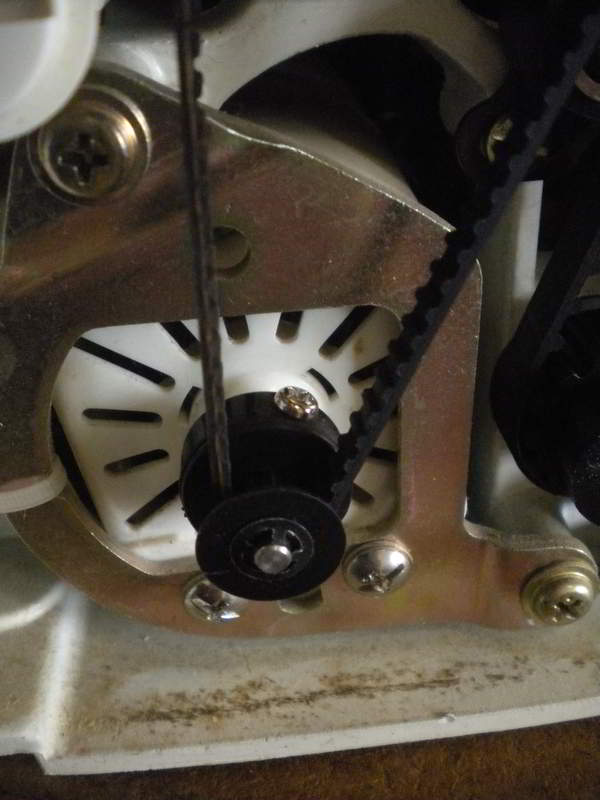 As always, repairing something around the house not only gives me a great of satisfaction, it saves money and resources as well. In this particular case, repairing the sewing machine, which itself is used to repair and make things, is a double whammy!
As always, repairing something around the house not only gives me a great of satisfaction, it saves money and resources as well. In this particular case, repairing the sewing machine, which itself is used to repair and make things, is a double whammy!
It’s also an example of how little things can be so important and potentially difficult to replace. That little grub screw was hard to find and, if I had to buy one, I would probably have had to purchase a minimum quantity of 25. I am reminded of that poem about the horseshoe…
For want of a shoe the horse was lost.
For want of a horse the rider was lost.
For want of a rider the message was lost.
For want of a message the battle was lost.
For want of a battle the kingdom was lost.
And all for the want of a horseshoe nail.
We certainly didn’t lose a kingdom but that little screw prevented all manner of sewing repairs and new items of clothing. I’m sure you can think of any number of examples around your home as well.
Now, where are those sequins?
